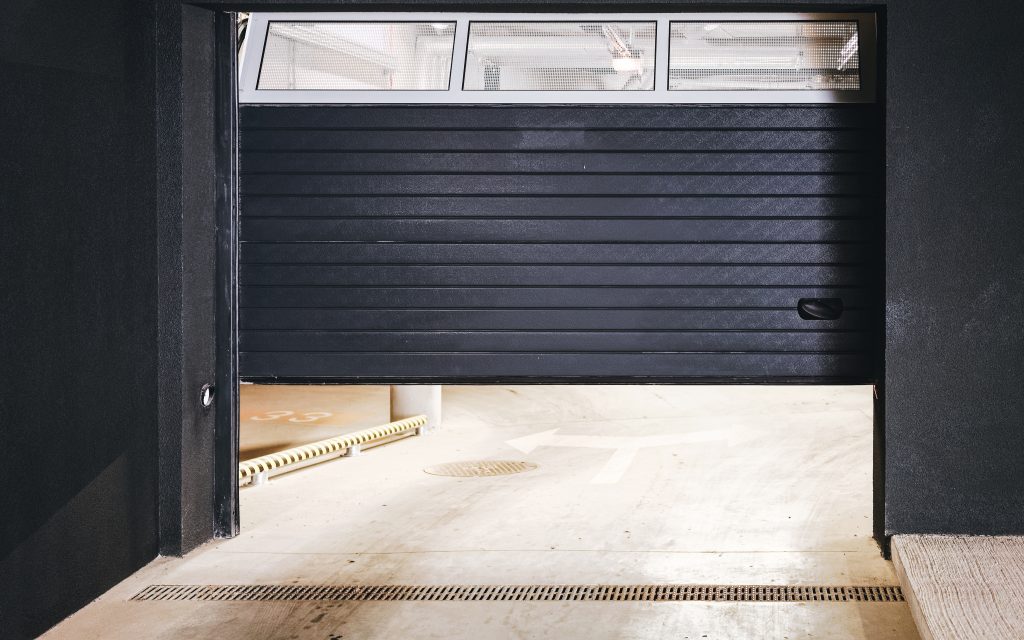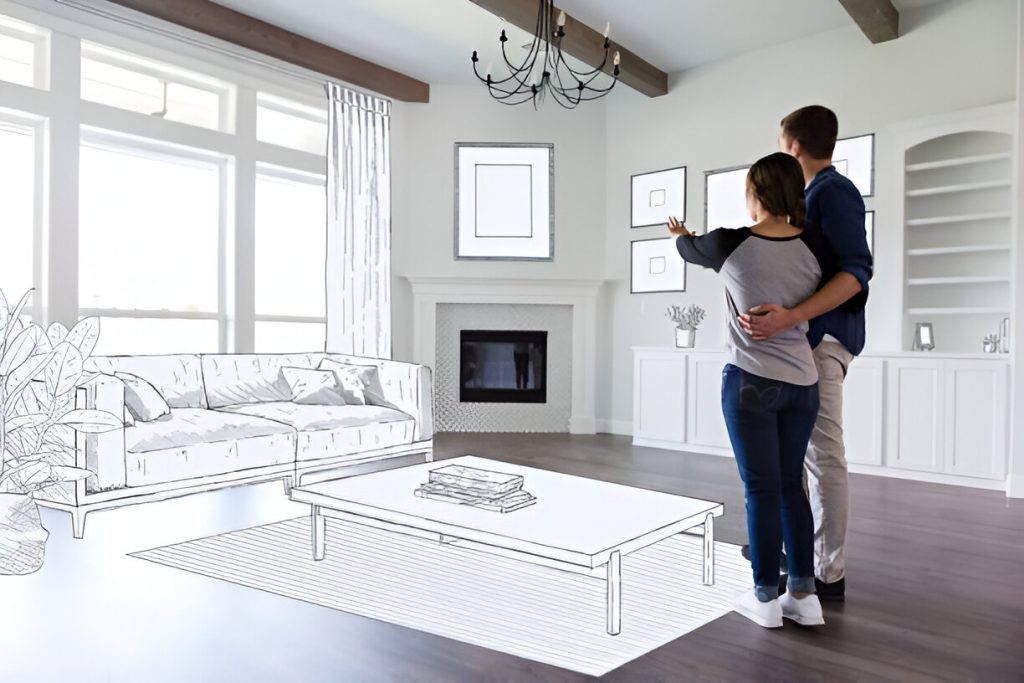Picture yourself driving into your garage, the door smoothly opening to welcome your vehicle. But have you ever wondered what the ideal spacing for garage doors should be? Understanding this crucial aspect can significantly impact the functionality and safety of your garage. Factors like clearance for vehicle entry and exit, storage space optimization, and structural integrity all play a role in determining the right spacing for your garage doors. So, how much space should you really leave between those doors? Stay tuned to discover the key considerations that can help you make informed decisions for your garage setup.
Optimal Spacing Guidelines
When planning the optimal spacing between garage doors, it is crucial to consider the specific dimensions of the vehicles and the intended use of the garage space. Space optimization is key to ensuring efficient vehicle accessibility and safety measures. Experts recommend a minimum of two feet apart for two garage doors to allow for easy door alignment and movement. Keeping four feet clear from garage sides or nearby doors enhances safety and storage solutions.
Customizing spacing based on vehicle size and garage use is essential for maximizing functionality. Testing different parking distances helps identify the best layout that balances vehicle accessibility with storage needs. Adequate spacing not only prevents scratches and door dings but also provides a comfortable environment for unloading groceries or accommodating passengers. By adhering to these optimal spacing guidelines, you can create a well-organized and safe garage space that caters to your specific needs.
Vehicle Maneuverability and Protection
To optimize vehicle maneuverability and protection in your garage space, ensure there is sufficient clearance for easy access based on your vehicle’s size and turning radius. When considering vehicle storage, safety measures, accessibility solutions, space optimization, and design considerations, it’s crucial to maintain recommended spacing between garage doors to prevent scratches and allow for full car door openings. Adequate separation between doors not only safeguards your vehicles from damage but also enhances the overall parking experience. Balancing the space allocated for vehicle movement with storage needs or tools is essential for maximizing the functionality of your garage. By implementing the right spacing solutions tailored to your specific requirements, you can create a harmonious environment that prioritizes both vehicle protection and efficient use of space. Remember to consider the dimensions of your vehicles and how they interact with the garage layout to ensure a smooth and safe parking experience.
Structural Integrity and Support
Proper spacing between garage doors is essential for maintaining the structural integrity and support of your garage.
- Supportive Spacing: Ensure at least one foot of space between standard 9×8 doors to provide adequate support for the structure.
- Structural Stability: Different door types might require additional spacing to prevent excess stress on the structure, enhancing its overall stability.
- Maneuverability Balance: Extra room between garage doors not only supports the structure but also aids in balancing maneuverability for vehicles and occupants.
Maintaining the recommended spacing not only contributes to the structural durability of the garage but also plays a crucial role in ensuring the long-term functionality and safety of the space. By considering the supportive spacing, structural stability, and maneuverability balance when planning the layout of your garage doors, you can enhance both the aesthetic integrity and functional spacing of the structure while promoting a secure and efficient environment for your vehicles and storage needs.
Aesthetic Balance and Functionality
For optimal garage functionality and visual appeal, ensure the spacing between garage doors is proportionate and practical. Aesthetic design plays a crucial role in creating a harmonious look for your home’s exterior. When planning the layout, consider the functional aspects alongside the aesthetic aspects. Space optimization is key to achieving a balanced and visually pleasing garage facade. Adequate spacing not only enhances the overall appearance but also contributes to vehicle protection and structural integrity.
To maintain a functional layout, ensure that the spacing allows for easy movement between cars and storage items. For single-car garages, allocate space for storing additional items like bicycles or tools. In the case of double or multiple-door garages, aim for proportional spacing to create a balanced and cohesive look. A well-designed garage space should not only be visually appealing but also practical for everyday use. By combining aesthetic balance with functionality, you can create a garage that is both visually pleasing and highly functional.
Standard Garage Dimensions and Recommendations
Ensure adequate space for vehicle parking and maneuvering by adhering to standard garage dimensions and recommendations.
- Garage organization: Optimize space for storage and tools.
- Vehicle storage: Accommodate vehicles safely and efficiently.
- Door maintenance: Consider space for easy access and upkeep.
Standard garage dimensions play a crucial role in maximizing space utilization and enhancing design aesthetics. A single-car garage typically spans 12 feet in width, while a double-car garage extends to 24 feet. To ensure functionality and safety, maintain at least two feet of clearance between garage doors and any nearby walls or obstacles. Additionally, allocate four feet of space on the sides of the garage for storage and movement. The wall between two garage doors acts as a buffer, safeguarding vehicle doors from potential damage. By adhering to these recommendations, you can create a well-organized garage that meets your needs effectively.
Importance of Proper Spacing Between Garage Doors
To maintain optimal functionality and safety in your garage layout, prioritizing the appropriate spacing between garage doors is essential. When considering the importance of proper spacing between garage doors, several key factors come into play, including safety measures, design considerations, weather protection, traffic flow, and storage solutions. Ensuring a suitable distance between garage doors not only enhances the aesthetics of your property but also contributes to the overall efficiency and convenience of your garage space.
| Safety Measures | Design Considerations | Weather Protection | Traffic Flow |
|---|---|---|---|
| Prevent door dings | Enhance garage look | Avoid water damage | Ease vehicle access |
| Reduce repair costs | Optimize functionality | Protect electrical components | Improve maneuverability |
| Ensure passenger safety | Balance visual appeal | Comply with regulations | Enhance garage usability |
Ideal Space Between Garage Doors and Walls
Proper spacing between garage doors and walls plays a crucial role in optimizing garage functionality and ensuring efficient vehicle maneuverability. When considering the ideal space between garage doors and walls, several key factors come into play:
- Space Optimization: Adequate space between garage doors and walls allows for easy vehicle entry and exit, optimizing the functionality of the garage.
- Design Flexibility: Proper spacing provides design flexibility, enabling customized layouts that suit individual needs and preferences.
- Safety Measures: Ensuring sufficient space between garage doors and walls enhances safety by reducing the risk of accidental collisions and damage to vehicles.
Minimum Garage Door Spacing Requirements
Garage door spacing requirements should adhere to a minimum of four feet for optimal comfort and safety, with a general guideline suggesting at least two feet between each door. Proper spacing ensures sufficient vehicle clearance, reducing the risk of door dings and enhancing maneuvering room. It is crucial for structural support as well, with at least one foot of space between standard 9×8 doors recommended to maintain stability. Different door types may require additional spacing to prevent excess stress on the structure. Balancing the aesthetic appeal and functionality of the garage, spacing should be practical for easy movement between cars and storage. By considering these factors and customizing spacing based on individual needs and vehicle sizes, you can create a layout that maximizes both safety and convenience. Remember to test different parking distances to identify the optimal garage door spacing for your specific requirements.






